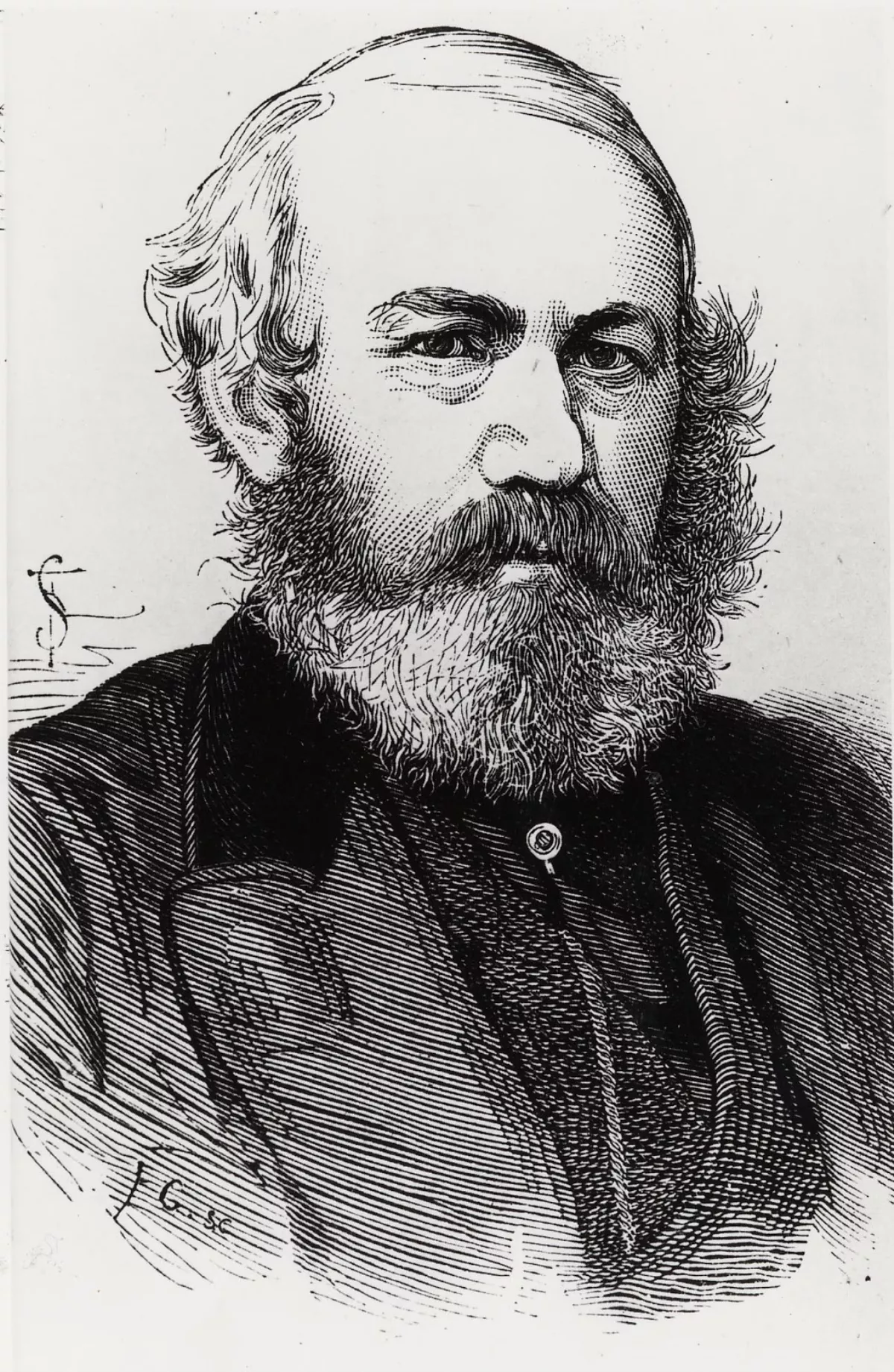 1.
1. Thomas Bouch was born in Thursby, near Carlisle, Cumberland, and lived in Edinburgh.

 1.
1. Thomas Bouch was born in Thursby, near Carlisle, Cumberland, and lived in Edinburgh.
Thomas Bouch was knighted after the successful completion of the first Tay Railway Bridge, but his reputation was destroyed by the subsequent Tay Bridge disaster, in which 75 people are believed to have died as a result of defects in design, construction and maintenance, for all of which Bouch was held responsible.
Bouch's father kept the Ship Inn at Thursby and Thomas was educated locally before at the age of 17 beginning his civil engineering career as assistant to one of the engineers constructing the Lancaster and Carlisle Railway.
Thomas Bouch then set up on his own as a railway engineer, working chiefly in Scotland and Northern England.
Thomas Bouch made considerable use of lattice girder bridges, both with conventional masonry piers and with iron lattice piers; the most notable examples of the latter being on the Stainmore line: the Deepdale and Belah Viaducts.
Thomas Bouch did the initial survey for the Edinburgh Suburban and Southside Junction Railway, laid out tramway systems in Edinburgh, Glasgow, Dundee and London, and designed the Redheugh viaduct a road bridge across the Tyne at the same height as and not far upstream of Stephenson's High Level Bridge.
Thomas Bouch designed Hownes Gill Viaduct in Consett, County Durham, which at 700 feet long and using a 12-arch design constructed in brick, carried the Stanhope and Tyne Railway 175 feet above Hownsgill.
Thomas Bouch returned repeatedly to the problem of bridging the two great East Coast firths.
Thomas Bouch designed the first Tay Rail Bridge while working for the North British Railway, and the official opening took place in May 1878.
Thomas Bouch seems to have been involved in the design of pleasure piers.
Thomas Bouch designed Portobello Pier in 1869, which opened in 1871.
Thomas Bouch married Margaret Forrest in Longtown, Cumberland, in early 1856.
Thomas Bouch died at his house in Moffat on 30 October 1880 a few months after the public inquiry into the disaster finished.
Thomas Bouch is buried very close by, in Dean Cemetery.